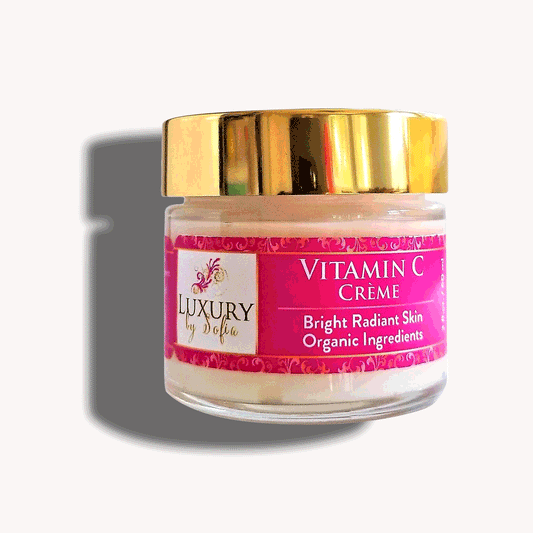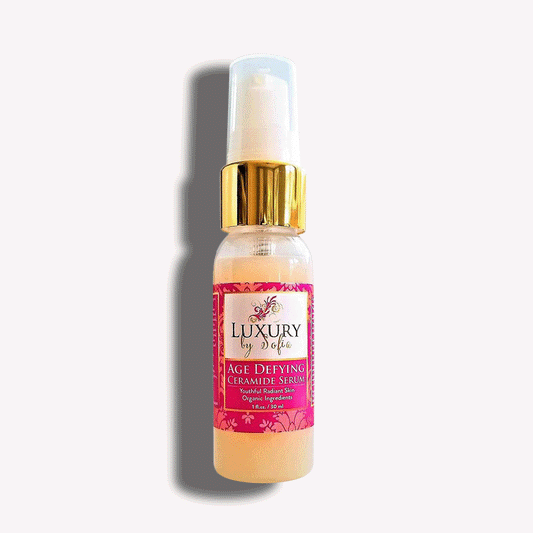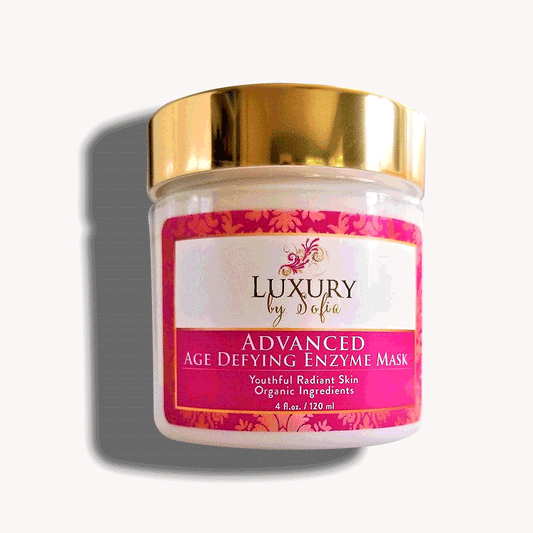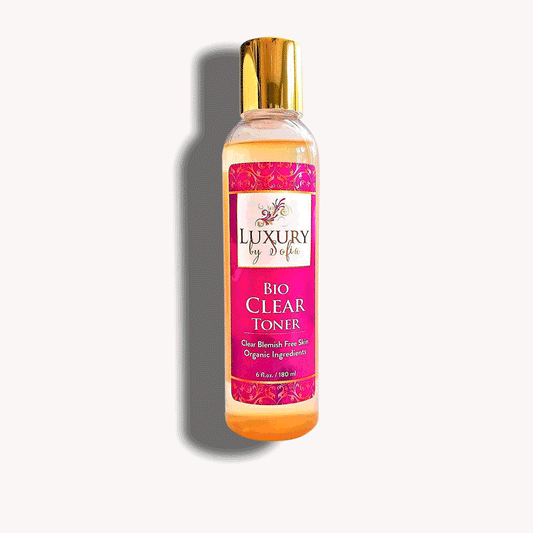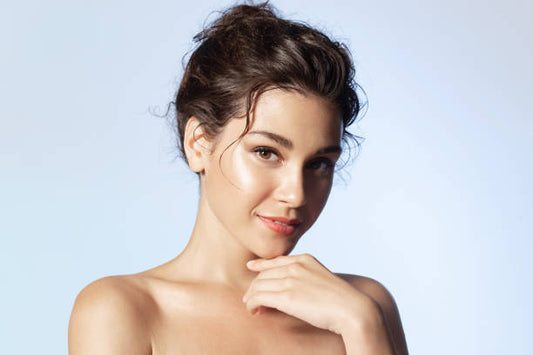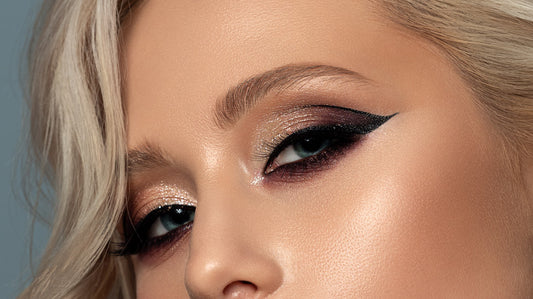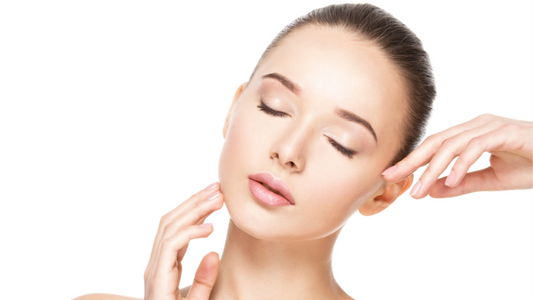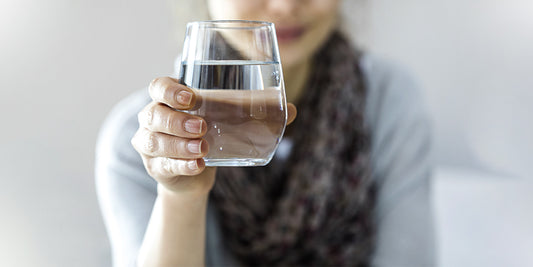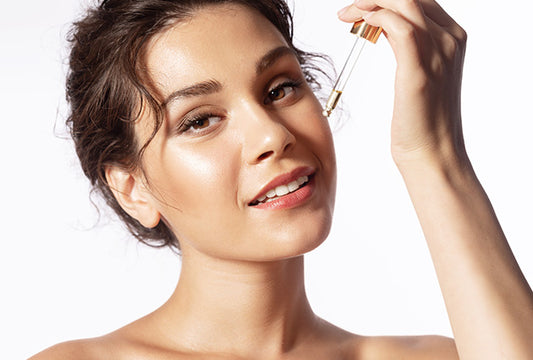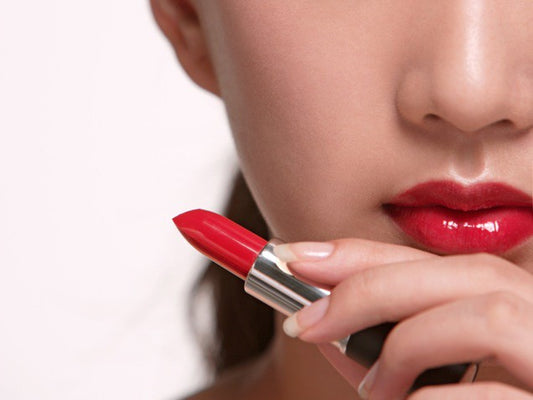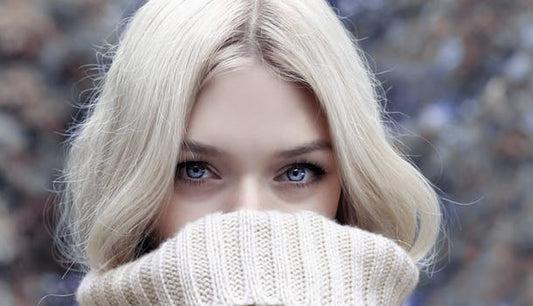
Find it hard to keep up with the latest eyeshadow innovation?
From a great diversity of shades, textures, finishes to product types, eyeshadows are incredibly fun to explore and experiment with to upgrade your looks but it can be overwhelming. Fret not! Here’s everything you need to know about the 6 different types of eyeshadow so you can navigate them like a pro.

1. Pressed Powder
Most makeup newbies start with the pressed powder eyeshadow. The most common eyeshadow type, pressed powders are pigments pressed into small pans and packaged in either single shade compacts or eyeshadow palettes filled with matching hues. This eyeshadow type is easy to travel with because they slip easily into makeup bags.
Available in a wide range of finishes, matte pressed powders are great for creases and outer corners where you want to create shadow, while shimmering pressed powders are ideal for highlighting the center of your lids, brow bones and inner corners of your eyes. To apply pressed powder, use a fluffy blending brush to blend out harsh lines or use a dense flat brush to pack on pigments for intense color payoff.
Our Organic Eyeshadow is available in a couture collection of colors that will suit every occasion.
2. Cream Eyeshadow
Cream eyeshadows are the best for blending. These vibrant hues are packaged in pots, tubes or sticks and they blend seamlessly onto your lids while delivering extraordinary colors. They can be worn alone or set with pressed powder eyeshadow for extra staying power and vibrancy. However, they tend to crease especially in humid weather or on people with oily lids so prepping your lids with an eye primer is a must.
Pro Tip: Use an eyeshadow brush instead of your fingers to apply cream eyeshadow as the heat from your fingers may melt the product and make them more prone to creasing.
3. Baked Eyeshadow
Baked eyeshadows are packaged in compacts and may appear similar to pressed powder at first glance. However, they are actually cream formulas baked in an industrial oven until they become dry. This type of eyeshadow combines the superior blending quality of a cream eyeshadow with the ease of use of a pressed powder. It can be applied dry or wet with a damp brush for heightened intensity.
4. Loose Pigment
Loose eyeshadow pigments are finely milled eyeshadow that are highly pigmented. Frequently used by professional makeup artists and advanced beauty gurus to create stunning looks, loose pigments are ideal for dramatic eye makeup that make a statement. To apply this type of eyeshadow, apply an eye primer or concealer on your lids so that the loose pigments have a tacky base to stick to. Then, use a flat brush to pick up pigments and press them onto your lids.
5. Liquid Eyeshadow
Liquid eyeshadows are encapsulated in tubes with an applicator wand. They deliver out of this world intensity and can last all day. To apply this liquid formulation, swipe its wand all over your eyelids and blend out the edges with a blending brush. Liquid eyeshadows set quickly so you will have to work fast. As such, it can be challenging to mix different shades together if you are new to this formula.
6. Stick Eyeshadow
Otherwise known as crayon eyeshadow, this type of eyeshadow is versatile and easy to bring around. It is beginner friendly and can be applied by holding it like a pencil to add color onto your entire lids or draw precise lines. As it offers excellent precision and control, it is the most ideal eyeshadow type for application on lower lids and lash lines. Use it as an eyeliner for a fun pop of color or blend it out for a healthy flush of color.
It can be difficult to make up your mind with so many eyeshadow options to choose from. Consider the type of look you want to create and which eyeshadow type you feel most confident mastering to narrow down your options.


